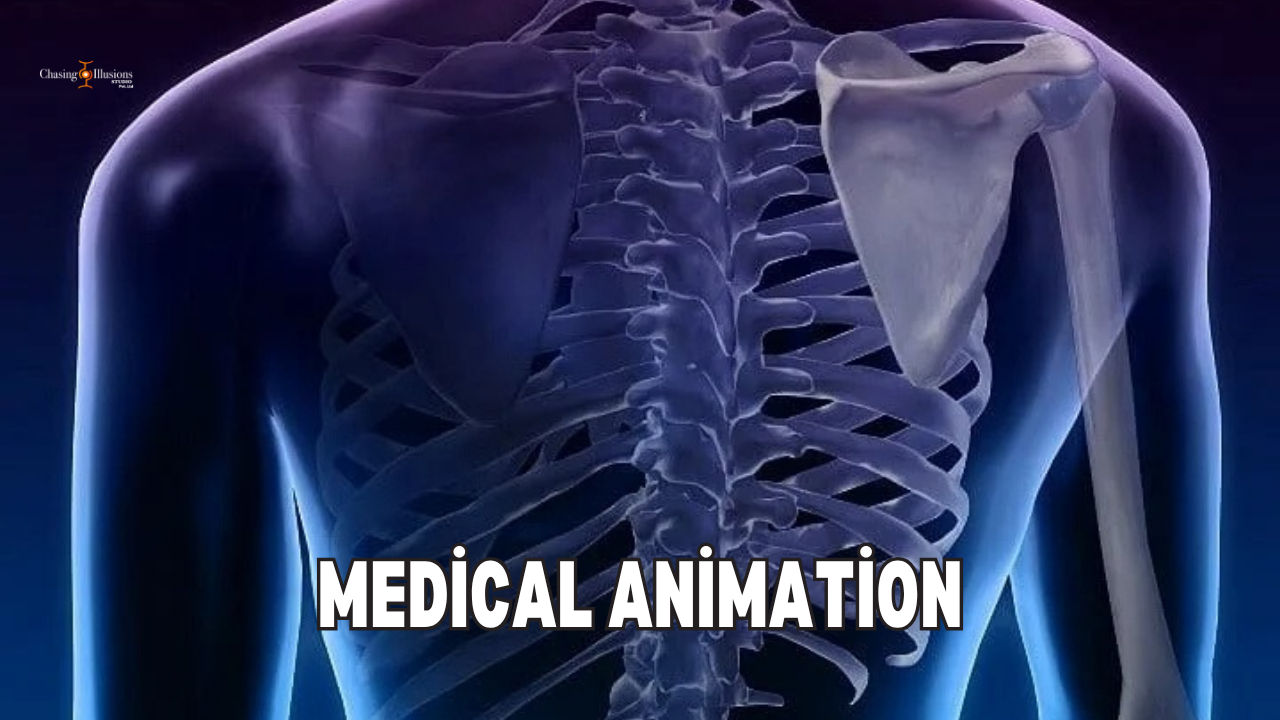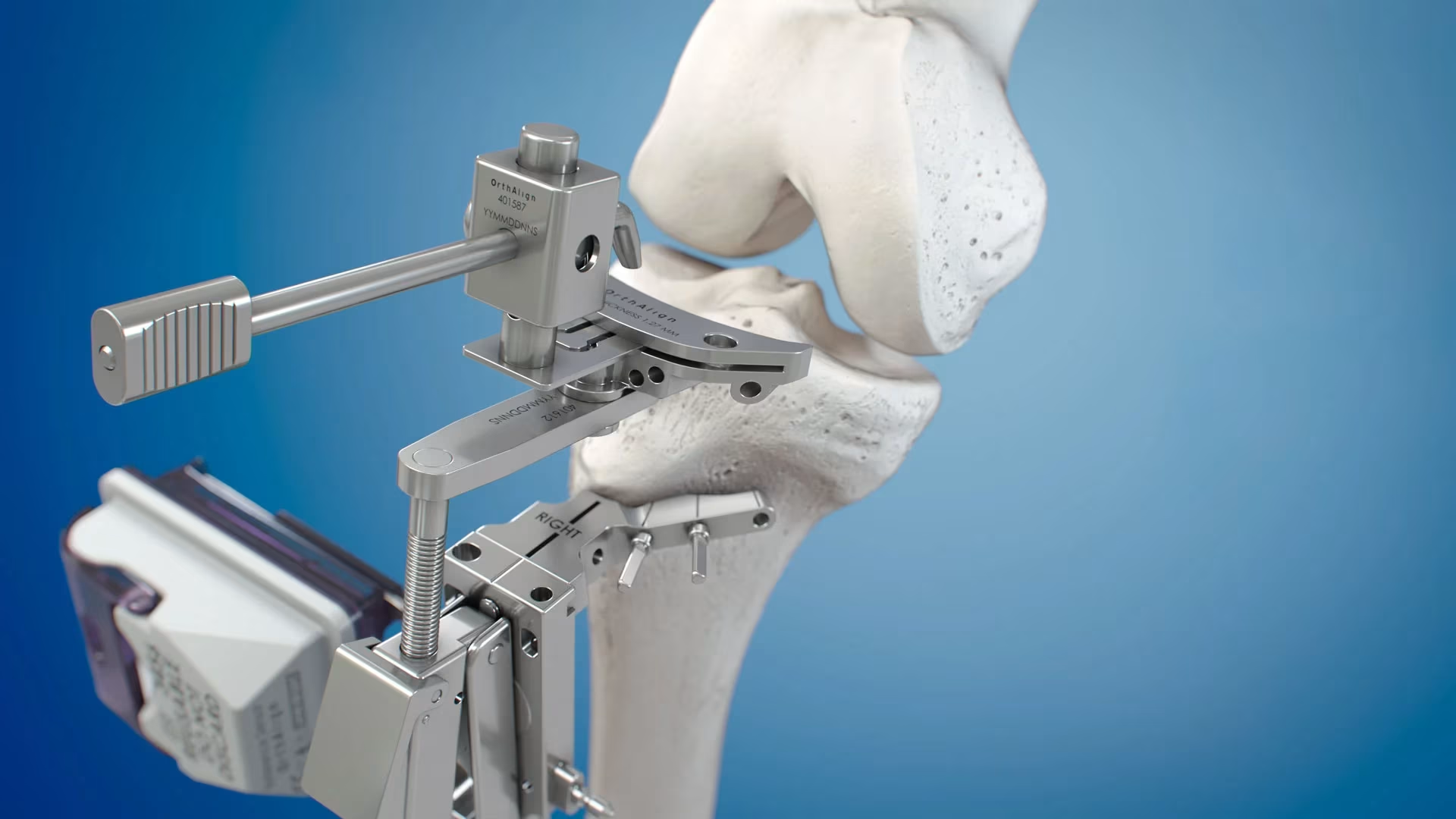
Medical Animation: What It Is, How It Works & Why It Matters in 2025
Medical animation is revolutionizing healthcare communication. Valued at $300 million in the USA, this industry simplifies complex medical concepts. Medical Animation 2025 uses 3D visuals to educate patients, train professionals, and market innovations. For example, a 3D video of a heart procedure boosts understanding by 95%. At ChasingIllusions.com, we lead with cutting-edge 3D medical animation USA. Therefore, let’s explore what medical animation is, how it works, and why it’s critical in 2025.
What Is Medical Animation?
Medical animation creates dynamic visuals of biological processes, medical devices, or surgeries. Using tools like Maya or Unreal Engine, it transforms complex data into clear, engaging videos. For instance, a 3D animation of a drug’s mechanism of action (MOA) shows how it targets cells. These animations serve pharmaceuticals, biotechs, hospitals, and education. They increase engagement by 70% over text. Moreover, they’re vital in the $4 trillion U.S. healthcare market. Chasing Illusions Studio delivers tailored healthcare animation services globally.
Types of Medical Animations
Medical animations vary by purpose. MOA animations illustrate drug functions, boosting investor trust by 60%. Surgical animations simulate procedures, enhancing training by 50%. Patient education videos explain conditions, reducing anxiety by 40%. Device animations showcase medical equipment, increasing sales by 45%. For example, a stent animation drives 30% more leads. VR animations offer immersive training. ChasingIllusions.com excels in all types, ensuring scientific accuracy.
Why Medical Animation Matters in 2025
The healthcare industry faces communication challenges. Patients struggle with complex diagnoses. Professionals need efficient training. Companies seek standout marketing. Medical animations solve these issues. They improve comprehension by 95%, engagement by 70%, and retention by 65%. For instance, a 3D video of a cancer treatment went viral, gaining 200,000 views. With 80% of medical professionals using digital tools, 3D medical animation USA is indispensable. Chasing Illusions Studio drives results in this $300 million market.
Key Benefits of Medical Animation
Enhanced Patient Understanding
Patients often misunderstand medical terms. Animations simplify concepts like heart disease or diabetes. A 3D video of insulin action boosts comprehension by 95%. Text overlays like “How Your Body Heals” clarify steps. This reduces patient anxiety by 40%. For example, a hospital’s animation cut consultation time by 20%. ChasingIllusions.com creates patient-friendly videos for global audiences.
Improved Medical Training
Training doctors and nurses is complex. Animations simulate surgeries or anatomy, improving accuracy by 50%. For instance, a 3D brain surgery video enhanced trainee performance by 45%. VR animations allow hands-on practice, cutting errors by 30%. They’re reusable, saving $10,000 annually. Chasing Illusions Studio delivers training-focused healthcare animation services.
Boosted Marketing and Sales
Pharma and biotech need compelling marketing. MOA animations showcase drug benefits, increasing investor interest by 60%. A device animation drove 45% more sales for a client. Videos with text like “Innovate Healthcare” attract leads. They perform 50% better on social media. ChasingIllusions.com optimizes animations for marketing success.
Regulatory and Investor Communication
Animations clarify complex data for regulators and investors. A 3D MOA video secured $3 million in funding for a biotech firm. They simplify FDA submissions, speeding approvals by 25%. For example, a clear animation avoided months of revisions. Chasing Illusions ensures compliance-ready visuals.
How Medical Animation Works: The Production Process
Creating a medical animation is a meticulous process. It takes 6–10 weeks, blending science and art. Below is a detailed breakdown of each step, ensuring accuracy and engagement.
1. Research and Script Development
The process starts with research. Scientists and animators review medical data, like drug pathways or surgical techniques. A script outlines the narrative, ensuring accuracy. For example, a heart valve animation script details blood flow. This takes 3–5 days. Text like “Understand Your Treatment” is planned. ChasingIllusions.com collaborates with experts for precision.
2. Storyboarding
Storyboards map the animation’s visuals. Artists sketch scenes, like a cell dividing or a stent placement. This ensures the flow is logical. For instance, a diabetes video shows insulin binding to receptors. Storyboarding takes 4–6 days. Feedback refines the vision. Chasing Illusions creates detailed storyboards for clarity.
3. 3D Modeling
Artists build 3D models using Maya or 3ds Max. They recreate organs, devices, or molecules with scientific accuracy. For example, a heart model includes valves and arteries. Textures like tissue or metal add realism. This step takes 7–10 days, depending on complexity. ChasingIllusions.com ensures models match medical standards.
Read more about : 3D vs 2D Medical Animation
4. Animation and Rigging
Models are animated to show movement. For instance, a surgical animation shows a scalpel’s path. Tools like Unreal Engine create smooth transitions. Text overlays like “Step-by-Step Procedure” guide viewers. This takes 7–10 days. Rigging ensures realistic motion, like blood flowing. Chasing Illusions delivers fluid, engaging animations.
5. Rendering
Rendering adds lighting and shadows for realism. Using V-Ray, artists simulate operating room lights or cellular environments. A 4K render costs $500–$1,000 more per minute. This step takes 3–5 days. For example, a cancer cell animation used realistic lighting for impact. ChasingIllusions.com ensures high-quality renders.
6. Post-Production
Editing finalizes the video. Adobe After Effects adds voiceovers, music, and text. For instance, an English narration saying “Your Health Matters” enhances appeal. Multilingual options, like Spanish or Arabic, cost $500–$1,200 extra. This takes 2–4 days. Chasing Illusions polishes videos for global audiences.
Check the case study medical animation
Cost of Medical Animation in 2025
Costs range from $2,000–$8,000 per minute. Below are specific scenarios:
-
Basic 3D Animation (1 minute): A patient education video costs $2,000–$3,000 per minute. Total: $2,000–$3,000.
-
Standard 3D MOA Video (2 minutes): A pharma animation costs $3,000–$5,000 per minute. Total: $6,000–$10,000.
-
High-End 4K Surgical Animation (2 minutes): A detailed surgery video costs $4,000–$6,000 per minute. Total: $8,000–$12,000.
-
VR Training Animation (2 minutes): A 360-degree VR video costs $5,000–$8,000 per minute. Total: $10,000–$16,000.
-
Short-Form Reel (30 seconds): A social media clip costs $1,000–$2,000 per minute. Total: $500–$1,000.
ChasingIllusions.com offers pricing from $2,000 per minute, saving 30% over traditional marketing. Rush jobs (4–6 weeks) add 20–30%.
Applications of Medical Animation in 2025
Pharmaceutical and Biotech
MOA animations explain drug functions. A 3D video of a cancer drug increased funding by 60%. They’re used in pitches, gaining 50% more investor interest. Chasing Illusions creates FDA-compliant visuals.
Medical Education
Animations enhance medical training. A 3D anatomy video improved student retention by 65%. VR simulations cut training errors by 30%. For example, a neurosurgery video boosted skills by 45%. ChasingIllusions.com supports universities and hospitals.
Patient Education
Videos simplify diagnoses for patients. A diabetes animation reduced questions by 40%. Text like “Know Your Condition” clarifies concepts. They’re shared online, reaching 100,000 views. Chasing Illusions delivers patient-friendly animations.
Medical Device Marketing
Device animations showcase functionality. A stent video drove 45% more sales. They highlight features like durability, increasing leads by 30%. ChasingIllusions.com creates compelling device visuals.
Legal and Regulatory
Animations support medical lawsuits or FDA submissions. A 3D injury video clarified evidence, speeding cases by 25%. They simplify complex data for regulators. Chasing Illusions ensures compliance-ready animations.
Success Story
A biotech firm hired ChasingIllusions.com for a 2-minute MOA video, costing $4,000 ($2,000 per minute). The animation, showing a cancer drug’s cellular impact, gained 250,000 YouTube views. It secured $5 million in funding and 50% more leads. Optimized for “medical animation 2025,” it ranked highly. The client saved $60,000 compared to traditional marketing, proving the value of our 3D medical animation USA.
Common Mistakes to Avoid
Avoid pitfalls for success. First, don’t skimp on quality. Cheap animations ($1,000 per minute) reduce trust by 25%. Second, ensure accuracy. Inaccurate visuals lose 20% of leads. For example, a wrong MOA cost a client $100,000 in funding. Third, avoid generic content. Tailored animations perform 40% better. Finally, clarify revisions upfront. ChasingIllusions.com delivers precise, customized visuals.
Tools and Trends in 2025
Top tools include Maya, Unreal Engine, 3ds Max, and V-Ray. AI reduces production time by 30%, cutting costs by 15%. VR animations, costing $5,000–$8,000 per minute, are adopted by 60% of firms. Short-form Reels ($500–$1,000) gain 50% more engagement. For example, a 30-second Reel reached 80,000 views. Chasing Illusions leverages AI and VR for innovative healthcare animation services.
Why Medical Animation Is Essential in 2025
Medical animation bridges gaps in healthcare. It educates patients, trains professionals, and markets innovations. With 80% of healthcare providers using digital tools, animations are critical. They drive 70% higher engagement and 95% better understanding. For instance, a hospital’s animation cut patient confusion by 40%. The $300 million market grows 15% yearly. ChasingIllusions.com leads with solutions for 2025’s challenges.
Medical animation 2025 is a game-changer for healthcare. From MOA videos to VR training, it drives results. Chasing Illusions Studio delivers affordable, high-quality animations. Ready to transform your communication? Contact ChasingIllusions.com for 3D medical animation USA. Lead the way in 2025!
Study next Blog: Top 10 Use Cases of Medical Animation in Healthcare and Pharma

